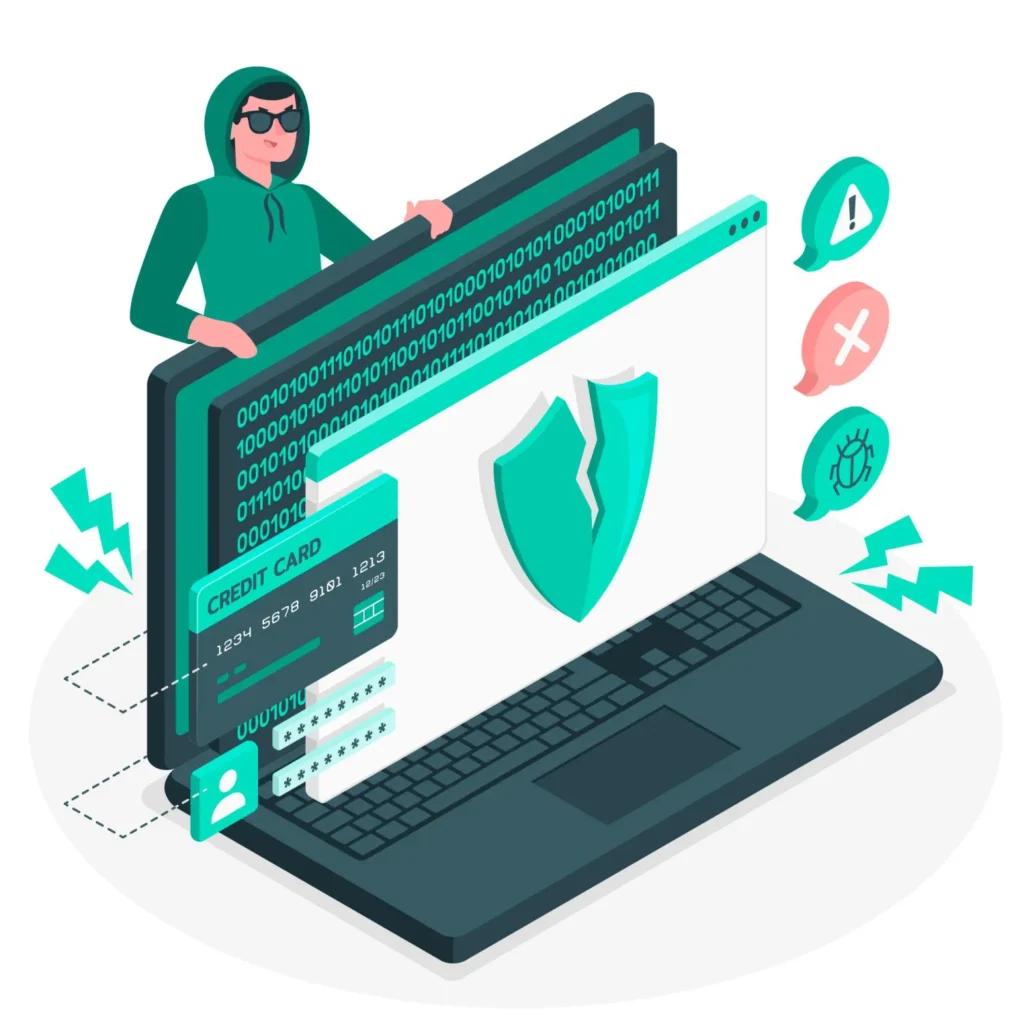Botnets and DDoS attacks are growing threats in today’s connected world. Cybercriminals exploit vulnerabilities in devices to create large networks of infections, remotely controlled. It’s essential to take steps to protect your devices and networks. Here are key strategies to secure your devices, detect attacks early, and prevent botnet infections.
Securing Your Devices
To prevent your devices from being compromised and added to a botnet, it’s essential to implement basic security practices. Here are the key steps to secure your devices:
1. Regularly Update Firmware and Software
Firmware and software updates are crucial for fixing security vulnerabilities. Manufacturers regularly release updates to fix bugs and strengthen the security of their devices. Ensure that your operating systems, security software, routers, cameras, and other connected devices are regularly updated to reduce the risks of exploitation.
2. Disable Unsecured Remote Access
Many devices such as routers, security cameras, and other IoT devices offer remote access capabilities. If these features are not secured, they can be exploited by cybercriminals to take control of your devices. Disable remote access unless absolutely necessary, and if you need it, ensure that robust authentication methods are in place.
3. Use Strong Passwords and Avoid Default Credentials
Many IoT devices and routers come with default passwords, which are easily guessable for hackers. Change the default passwords to strong and unique ones. Use a combination of letters, numbers, and symbols, and avoid passwords that are common or easy to guess. Password managers can help store and manage these secure credentials.
Detecting and Responding to Attacks
Early detection and a quick response to botnet activities can prevent significant damage. Here’s how to spot and respond to attacks:
1. Monitor Network Activity for Unusual Behavior
Be vigilant by monitoring network traffic to spot signs of suspicious or abnormal behavior, such as unexpected traffic spikes or requests from unknown sources. Network monitoring tools can help identify these patterns and alert you to potential attacks.
2. Implement DDoS Protection Solutions
DDoS (Distributed Denial of Service) attacks can overwhelm a server with a massive amount of traffic, rendering your website or services inaccessible. Protect your network by installing DDoS protection solutions like firewalls, load balancers, and rate-limiting solutions. These tools can filter malicious traffic and ensure your service remains operational.
3. Collaborate with Cybersecurity Experts
If your network is targeted or you suspect a botnet attack, it’s important to work with cybersecurity experts who can analyze and mitigate the threat. A professional team can help reinforce your defenses, identify vulnerabilities, and provide guidance for preventing future incidents.
Towards Stricter Regulation
The proliferation of botnets is largely due to the increase in poorly secured IoT devices. To combat this threat, manufacturers and governments must work together to improve security standards for connected devices.
1. Strengthening Security from the Design Stage
Manufacturers must prioritize security from the design phase of their devices. By integrating robust encryption mechanisms, secure boot processes, and automatic software updates, IoT devices can be made less vulnerable to cyberattacks.
2. Implement Stricter IoT Regulations
Governments and regulatory bodies must adopt stricter regulations regarding IoT product security. This could include requiring manufacturers to follow established security protocols, perform vulnerability assessments, and disclose potential weaknesses before releasing products to the market. Stricter security standards would help prevent the exploitation of these devices and reduce the proliferation of botnets in the future.
Conclusion
Botnets and DDoS attacks pose a major cybersecurity threat, and their sophistication continues to grow. By securing your devices, monitoring network traffic, and collaborating with experts, you can reduce the risk of falling victim to these attacks. Additionally, as connected devices continue to grow, the call for stricter regulations and enhanced security from the design stage becomes increasingly urgent. Together, these efforts will help better protect individuals and businesses against the growing threat of botnets.
